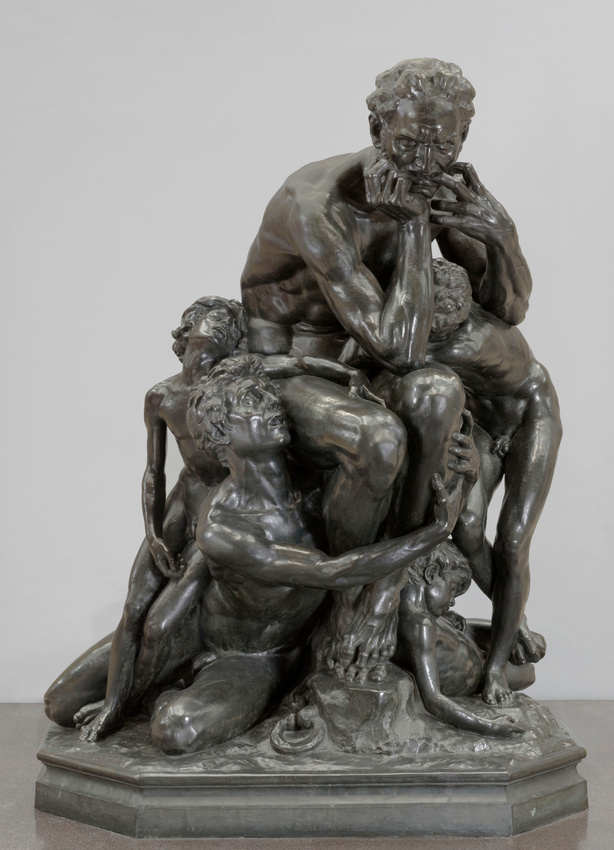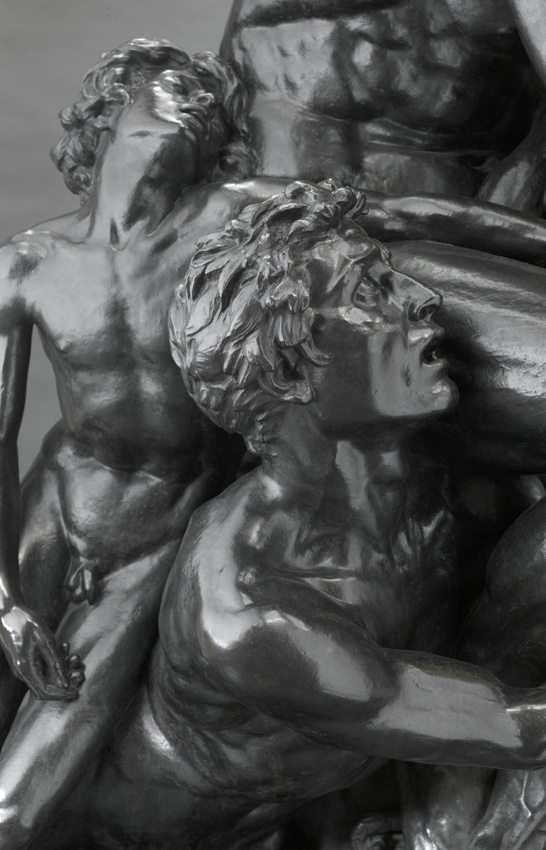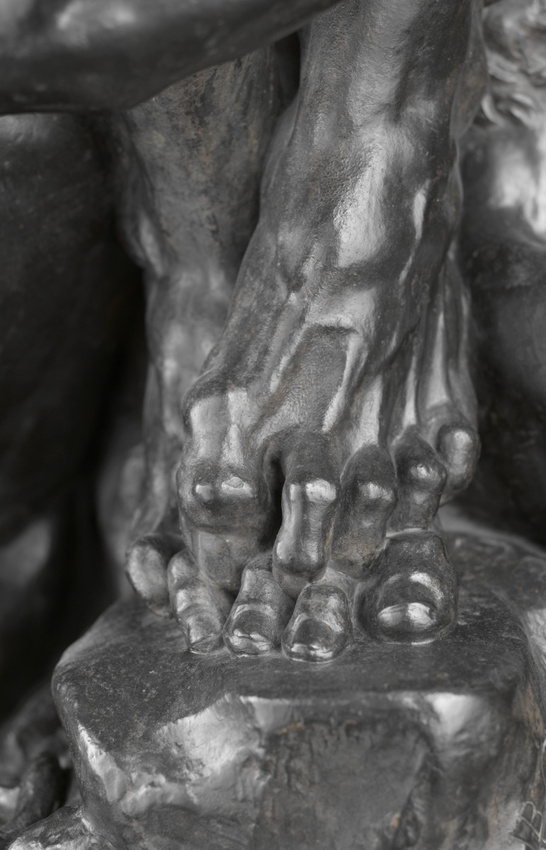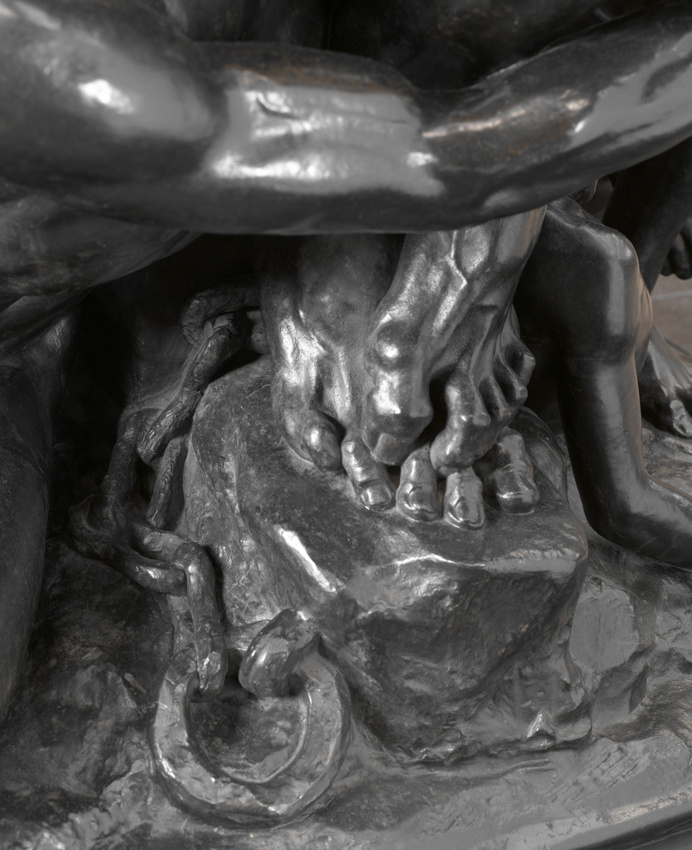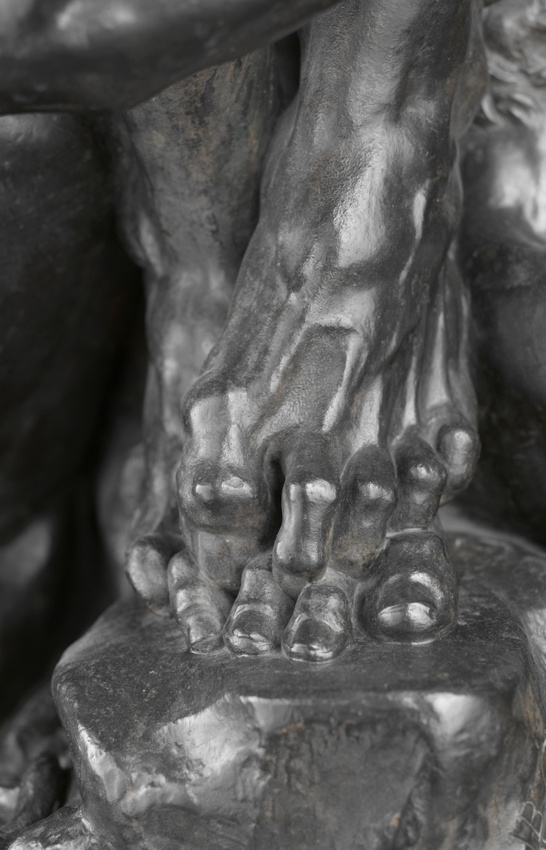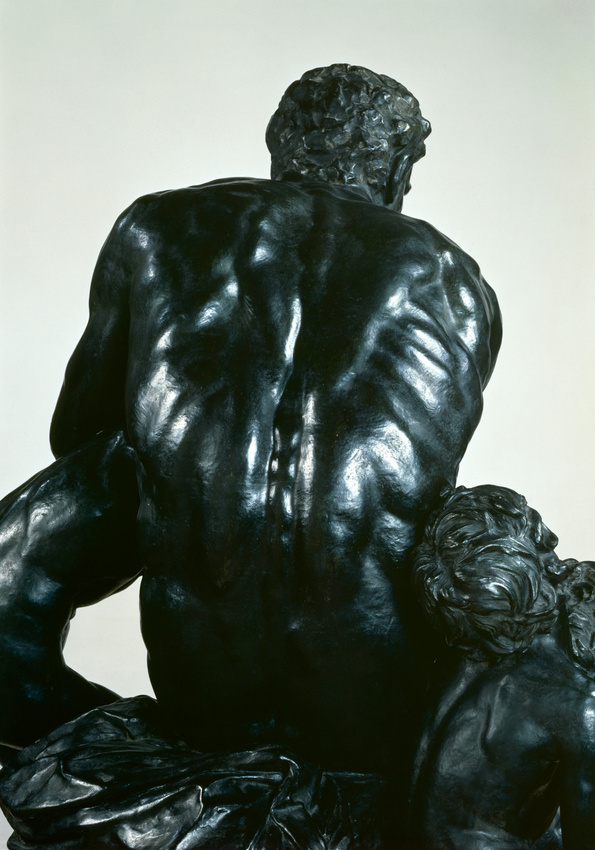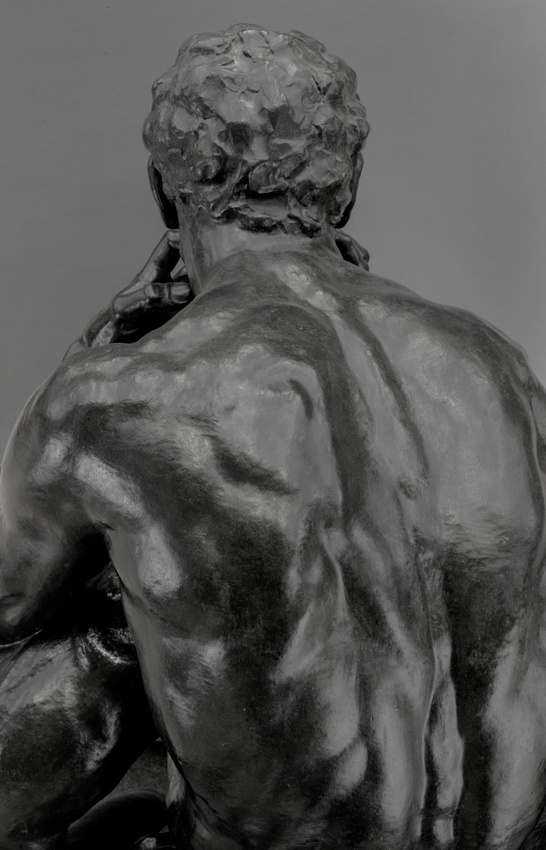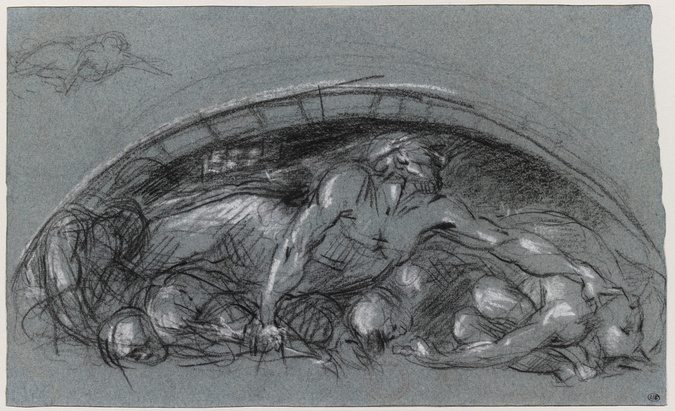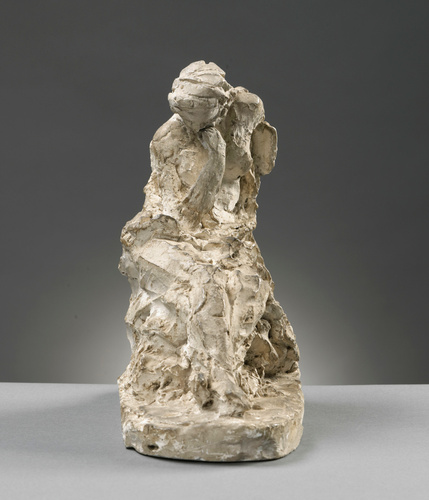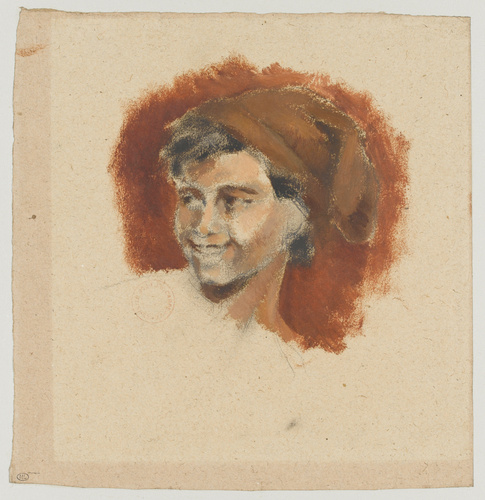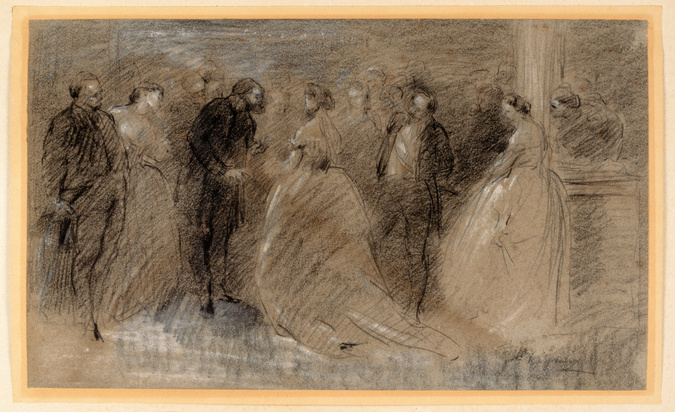-
Adam, Paul, Dix ans d'art français (1896-1907), Paris, A. Méricant, p.307
-
Dax, P., L'artiste, Chronique, 1862, p.47
-
Cantrel, Emile, L'Artiste, Salon de 1863, 1863, p.185-204
-
Girard de Rialle, J., A travers le salon de 1863, Paris, [s.n.], 1863, p.133-134
-
Mantz, Paul, Gazette des Beaux-Arts, "Salon de 1863", Paris, Gazette des Beaux-Arts, 1863, p.32-64
-
Sault, C. de, Le Temps, Essais de critique d'art. Salon de 1863, 1863
-
Schoy, A., Exposition nationale des Beaux-Arts, Bruxelles, [s.n.], 1863, p.2
-
Thoré-Burger, W., Salons de W. Bürger, Le salon de 1863, 1863
-
Yriarte, Charles, Le Monde illustré, Exposition des Beaux-Arts. Sculpture, 1863, p.27
-
Auvray, L., Revue artistique et littéraire, Salon de 1863, 1864, p.266
-
Mantz, P., Gazette des Beaux-Arts, Les Beaux-Arts à l'Exposition universelle, 1867, p.343
-
Mantz, Pierre, Revue des deux mondes, Les Beaux-Arts à l'Exposition universelle, 1869, p.477-490
-
Mantz, Paul, Gazette des Beaux-Arts, Carpeaux, 1876, p.603-607
-
Anonyme, L'Art, 1879, p.257-258
-
Chesneau, Ernest, Le Statuaire J.-B. Carpeaux, sa vie, son oeuvre, A. Quantin, 1880, p.75, 77, 82
-
Anonyme, Chronique des arts, 1898, p.317
-
Riotor, Léon, L'Art et les artistes, Carpeaux, peintre et dessinateur, 1907, p.20-21
-
Sarradin, E., La Grande Revue, Carpeaux, Ugolin et l'Institut, 1907, p.932-938
-
Sarradin, E., Art et Décoration, J.B. Carpeaux, 1907, p.128-130
-
Varenne, Gaston, Mercure de France, "Carpeaux à l'Ecole de Rome et la genèse d'Ugolin d'après des documents inédits", Poitiers, [s.n.], 1908, p.577-593
-
Florian-Parmentier, Ernest, Carpeaux, Paris, L. Michaud, 1912, p.40-47
-
Vitry, Paul, Carpeaux, Paris, Librairie centrale des Beaux-Arts, 1912, p.37-40
-
Bouyer, R., Revue de l'art ancien et moderne, L'atelier Carpeaux, 1913, p.381-395
-
Jouin, Henry, Inventaire général des richesses d'art de la France, Paris, Plon, 1913, p.28-30
-
Mabille de Poncheville, André, Carpeaux inconnu ou la tradition recueillie, Paris, G. Van Oest, 1921, p.151-163
-
Vitry, P., Le Musée d'Art, La sculpture au XIXe siècle, 1923, p.1923
-
Lapauze, Henry, L'Académie de France à Rome, Paris, Plon, 1924, p.320-324, 332-344
-
Morand, H., Revue agricole et scientifique, La première esquisse de l'Ugolin de Carpeaux, 1926, p.13-15
-
Sarradin, Edouard, Carpeaux, Paris, Rieder, 1927, p.8, 11, 12
-
Clément-Carpeaux, Louise, La Vérité sur l'oeuvre et la vie de J.-B. Carpeaux, Paris, Imprimerie de Dousset et Bigerelle, 1934, p.72, 77-139, 142, 150-152, 187, 219, 268, 323, 375, 382, 384, 393-410
-
Yates, F. A., Warburg and Courtauld Journal, Transformations od Dante's Ugolino, 1951, p.117
-
Polzer, J., Information de l'histoire de l'art, Rodin and Carpeaux, 1971, p.214-224
-
Braunwal, Anny ; Wagner, Anne Middleton, Metamorphoses in Nineteenth Century Sculpture, Jean-Baptiste Carpeaux, Cambridge Harvard University Press, 1975, p.109-123
-
Braunwald, Anny ; Hardy, André, Catalogue des peintures et sculptures de Jean-Baptiste Carpeaux à Valenciennes, Valenciennes, Musée des Beaux-Arts, 1978, n°76, 77
-
Wennberg, B., French and Scandinavian sculptures in the nineteenth century, a study of trends and innovations, Stockholm, Almqvist & Wiksell International, 1978, p.163
-
Fusco, Peter ; Janson, H. W., The Romantics to Rodin : French 19th-century sculpture from North American collections, [Circulating exhibition held at Los Angeles county museum of art, March 4-May 25, 1980, at the Minneapolis institute of arts, June 25-September 21, 1980, at the Detroit institute of arts, October 27, 1980-January 4, 1981, at Indianapolis museum of art, Fe, Los Angeles, The Los Angeles county museum ; G. Braziller, 1980, p.146-148
-
Caso, J. de, La Revue de l'art, La sculpture française du XIXe siècle dans les collections américaines, 1981
-
Kocks, Dirk, Jean-Baptiste Carpeaux : Rezeption und Originalität, Sankt Augustin, Verlag Hans Richarz, 1981, p.383-405
-
Le Normand-Romain, Antoinette ; Lemaistre, I. ; Pingeot, Anne, Notices d'histoire de l'art, "La Sculpture française au XIXe siècle", Paris, Ecole du Louvre, 1982, n°6
-
Wauquiez, E., Le livre des expositions universelles 1851-1989, Académisme et modernité, editions des arts décoratifs, 1983, p.249
-
Bresc-Bautier, Geneviève ; Pingeot, Anne ; Le Normand-Romain, Antoinette, Sculptures des jardins du Louvre, du Carrousel et des Tuileries, Paris, Réunion des musées nationaux, 1986, p.105, 116, 141, 158, 184, 187, 189
-
Kocks, Dirk, La Sculpture du XIXe siècle, une mémoire retrouvée. Les fonds de sculpture, "A la recherche d'un musée Carpeaux : les fonds Carpeaux du musée de la Ny Carlsberg Glyptotek à Copenhague", Paris, La Documentation française, 1986, p.231-235
-
Wagner, Anne Middleton, Jean-Baptiste Carpeaux, Sculptor of the Second Empire, New Haven, Yale University Press, 1986, p.151-174
-
Jeancolas, Claude, Carpeaux sculpteur et peintre, Lausanne, Edita-Lazarus, 1987, p.63, 73-75
-
Margerie, Laure de, Carpeaux. La fièvre créatrice, Paris, Gallimard, 1989, p.44
-
Cachin, Françoise, L'Art du XIXe siècle 1850-1905, Paris, Citadelles, 1990, p.520, 608
-
Van Lennep, Jacques ; Fornari, Bruno, La Sculpture belge au XIXe siècle, "Académisme et mutations au tournant du siècle" : [exposition, Bruxelles, 5 octobre - 15 décembre 1990], Bruxelles, [s.n.], 1990, p.75
-
Dujardin-Beaumetz, F., Entretiens avec Rodin, Paris, Edition du musée Rodin, 1992, p.101-106
-
Schneider , Bruckmanns Pantheon, Kain und seine von Gott verfluchte Rasse, eine monumentale Gruppe von Antoine Etex im Salon von 1833, 1995
-
Chillaz, Valentine de, Inventaire général des autographes, musée du Louvre, département des Arts graphiques, musée d'Orsay, Paris, Réunion des musées nationaux, 1997, p.45, 47, 51
-
Fromentin, Edouard-Désiré, Valentiana, "Jean-Baptiste Carpeaux : essai biographique", Valenciennes, [s.n.], 1997, p.94-95
-
Korchane, Mehdi, Ugolin, 2012, p.120-135
-
Margerie, Laure de, Ugolin : l'enfer de Carpeaux, 2012, p.49-57
-
Margerie, Laure de, Ugolin : chronologie, 2012, p.186-200
-
Poletti, Michel, Jean-Baptiste Carpeaux : l'homme qui faisait danser les pierres, Gourcuff Gradenigo, 2012, p.69-75, 93-94
-
Cogeval, Guy [sous la direction de], Musée d'Orsay. Acquisitions 2012, Paris, Musée d'Orsay, 2013, p. 78, texte par Edouard Papet
-
Draper, James David ; Papet, Edouard, The Passions of Jean-Baptiste Carpeaux, The Metropolitan Museum of Art, 2014
-
Barbillon, Claire, Chevillot, Catherine, Paccoud, Stéphane, Sculptures du XVIIè au XIXè siècle. Musée des Beaux-Arts de Lyon, Paris, MBA Lyon - Somogy, 2017, p.179
